The desirability of one aircraft for airlines flying to Hawaii is being demonstrated by the fact that now, four of the five that fly from the mainland to Hawaii are focused heavily on them. That leaves the only player not using the A321neo being Southwest Airlines.
Southwest Airlines, of course, doesn’t fly the Airbus A321 because its entire fleet is standardized on Boeing 737 aircraft. This single-fleet strategy minimizes maintenance and training costs, streamlines operations, and has been central to Southwest’s low-cost business model. While the A321 offers greater capacity and range, introducing it would disrupt this efficiency, making it a highly unlikely addition to Southwest’s fleet.
Both aircraft represent a shift away from highly desirable wide-body planes on Hawaii routes, signaling a broader trend in the domestic airline industry to focus on narrow-body profitability over widebody comfort.
United Airlines has officially joined the growing trend of airlines deploying the Airbus A321neo.
United is now poised to debut the aircraft on popular Hawaii routes. The A321neo, while celebrated for its fuel efficiency and operational range, narrow-bodies, including it and the Boeing MAX, have been less well-received by passengers, especially for longer flights.
By introducing this aircraft to its Hawaii services, United is aligning itself with competitors like Hawaiian Airlines and Delta Airlines, who, among others, have already embraced these narrow-body jets for transpacific routes.
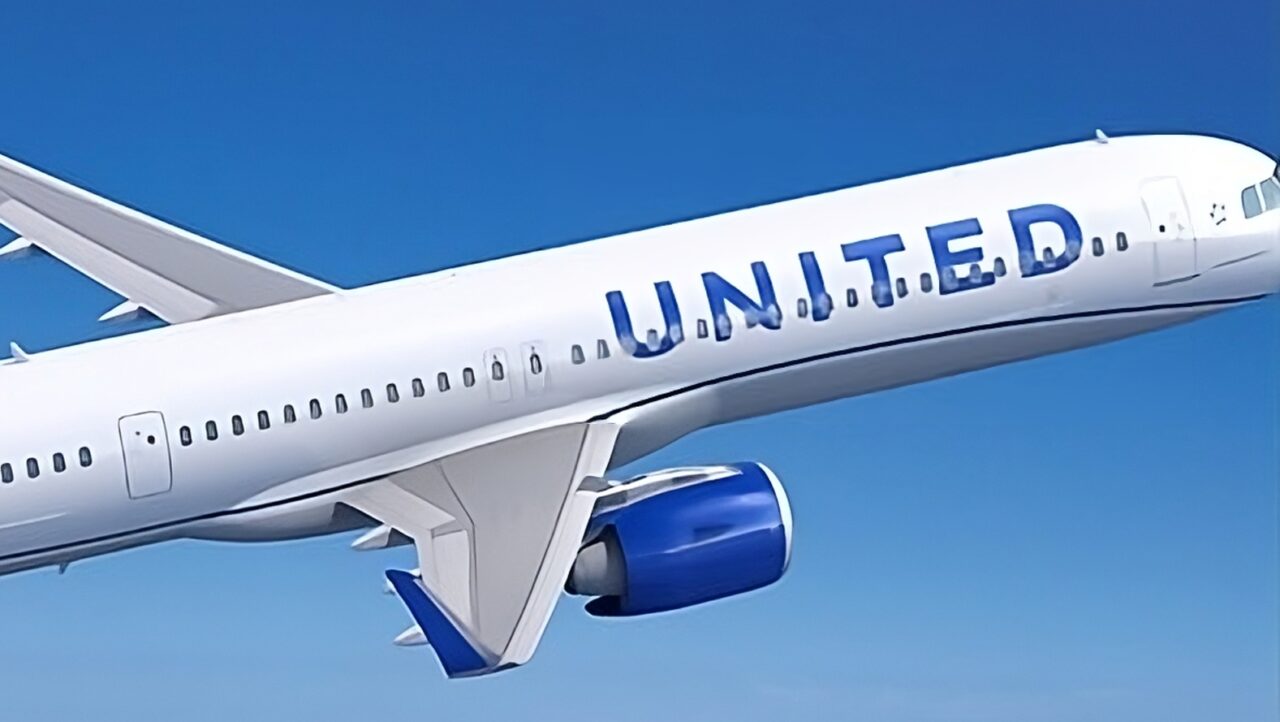

Why United chose the A321neo.
United’s adoption of the A321neo is part of its larger fleet modernization strategy, known as “United Next.” This initiative aims to replace older, less efficient planes with newer, more cost-effective and environmentally friendly models. The A321neo fits this goal perfectly, offering a range of nearly 4,000 miles and the capacity to seat between 180 and 240 passengers, depending on how it is configured. United has equipped the plane as follows. The first-class cabin of 20 seats is in a 2-2 layout, Economy Plus has 57 seats with extra legroom, and there are 123 standard seats.
For Hawaii routes, the A321neo provides the extended range necessary for further afield transpacific flights while offering cost advantages over wide-body and older narrow-body aircraft. As part of its preparation to deploy the A321neo on these routes, United conducted FAA-mandated ETOPS “proving” flights between San Francisco and Honolulu on December 10 and 11, 2024. The aircraft, registered as N14506, completed these tests, demonstrating compliance with safety and operational requirements for the five-plus hour overwater flights.
Expanding the A321neo fleet amid delays.
The A321 fleet, in part, highlights United’s need to secure reliable fleet expansion while Boeing continues to face significant delays including to its MAX 10, now expected in 2026, that have encouraged United to look more elsewhere. These disruptions make the A321neo a key component of United’s efforts to maintain growth while meeting passenger demand.
United Airlines’ rapidly expanding Airbus A321neo fleet includes 180 A321neos on order directly from Airbus, with deliveries scheduled over the next five years. United is also leasing an additional 60 A321neos to accelerate that expansion, with deliveries beginning in 2026. These aircraft will play a critical role in modernizing its fleet while addressing production delays at both Airbus and Boeing.
How this impacts Hawaii travelers.
While the A321neo is a win for airlines, passengers feel differently regarding yet more narrow-body flights to Hawaii. Complaints about the aircraft often center on reduced comfort compared to wide-body planes, including tight seating and legroom. For flights that exceed five hours to Hawaii, these factors can significantly impact the in-flight experience.
That being said, the 321neo features an expanded cabin, allowing the seats to be slightly wider than the 737. We haven’t noticed that difference, however, to any significant degree. Have you?
Passengers accustomed to the roominess of wide-body jets on Hawaiian, American, Delta, and United will notice the difference, both in economy and definitely in the business/first class cabins. Despite these challenges, the A321neo’s modern amenities, such as quieter engines and improved cabin design, offer some enhancements over older aircraft. Others have said they prefer the 321neo first class to MAX, although we have not noted any difference ourselves.
Comparing the A321neo to the Boeing 737 MAX.
United currently operates Boeing 737 MAX 8 and MAX 9 aircraft, which compete to a large degree with the A321neo. Those are the primary West Coast to Hawaii workforces at this time. While the 737 MAX offers slightly better fuel efficiency on shorter routes, the A321neo outshines it in both capacity and range. This makes the A321neo a popular choice for Hawaii flights, where the additional range and passenger space can make a meaningful difference.
United Hawaii flight competition.
United’s decision to integrate the A321neo reflects a deliberate strategy to remain competitive in an evolving market. The airline faces increased pressure from rivals like American Airlines, Alaska/Hawaiian Airlines, and Delta Air Lines, all of whom have transitioned to these more efficient narrow-body aircraft for medium-haul Hawaii routes.
For Hawaii travelers, however, this means a less comfortable in-flight experience, at least compared with wide-body, as airlines prioritize operational efficiency over passenger space.
How Hawaii routes are impacted.
As narrow-body jets like the A321neo and 737 MAX become even more the norm for Hawaii flights, travelers should prepare for the narrow-body flying experience on more routes. This will become the norm from the West Coast on all airlines without exception. The shift reflects the growing emphasis on sustainability and cost reduction in the airline industry. At the same time, it raises questions about passenger satisfaction on iconic Hawaii routes.
United’s move to fully embrace the A321neo underscores its commitment to modernization and efficiency. For Hawaii travelers, however, the message is that while the A321neo brings operational advantages, the days of spacious wide-body planes on transpacific routes are far more numbered.
Please chime in.
Get Breaking Hawaii Travel News
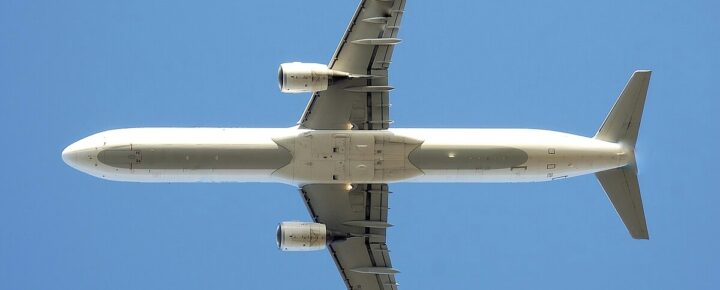
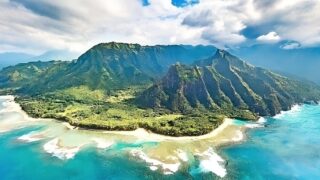
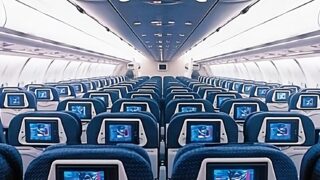
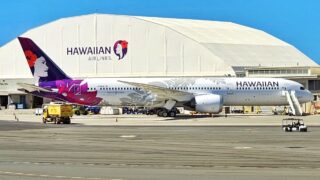
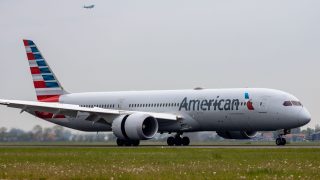
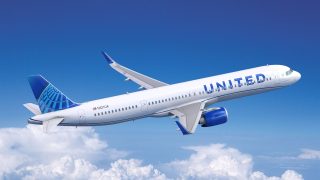
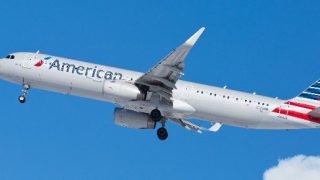
The title of the article is wrong. Alaska Air also is using only 737’s on all their routes. For some reason the author likes to single out Southwest.
Alaska Airlines now owns Hawaiian and also did have A321 aircraft acquired with the purchase of Virgin America. I’m pretty sure they got rid of those planes. So they kind of operate them still through Hawaiian.
To remain competitive, all airlines will be shifting to single aisle aircraft. Same thing is happening in the transatlantic market right now too. It just makes more sense.
A pox on all single isle planes to Hawaii.
As the population of Hawaii has been on the decline for years, and tourist visits are about what they were 5 years ago with no reason to think there’s going to be any dramatic turnaround anytime soon, partly because of soaring vacation costs, United no doubt is eager to get the A321 certified so as to replace its oldest 777-200’s and send them off to a well deserved retirement.
Great subject !
Have flown wide and narrow bodies to Hawaii.
The wide bodies are getting harder to find.
If we go out of LAX, Alaska has the 737’s etc. and Hawaiian has the A330’s but the terminal is ??? even though there are rumors that may get to go back.
We love LB airport with Hawaiian.
Somehow Hawaiian’s A321 neo seems roomier to us vs Alaska’s 737’s.
Either way, be grateful we’re going home to Hawaii.
Aloha, Take Care
Mahalo again BOH for keeping your readers up to date on Hawaii travel. I’ve taken both the NEO (Delta) and the MAX-8 (SWA) in the past year to/from SoCal and Hawaii. I think seat comfort is comparable but the NEO had the benefit of a mid-cabin lavatory and Delta’s excellent inflight entertainment.
As a follow-up, with Southwest’s plan in motion to reconfigure their entire fleet of 737’s with extra legroom throughout certain sections of the cabin – it has been rumored that Southwest is seriously considering adding 8 “Love” seats to the first two rows of each aircraft.
A few of our corporate employees received a survey about such an offering (we have a negotiated agreement with Southwest) – so, assuming that this survey went out to a number of customers. How many, that I don’t know.
If this is true, would Southwest add additional seat pitch beyond the 36″ that has been stated as part of the additional legroom product?
Meaning, would the 2 rows of “Love” seating match or come close to Alaska’s seat pitch? I can’t imagine that there will be much extra in the way of amenities as already offered. Free cocktails/beer. Possibly bring back the big snack packs that Southwest once offered on their mid and trans cons?
Expect 3×3 narrow-body flights from Hawaii to/from the West Coast. It makes operational sense for the airlines. Going forward, consider any wide-body aircraft as a luxury. Adapt.
By the way, you can look up the equipment on Google flights or when you book your flight on the airline website. If flying wide-body is absolutely important to you, you will just have to pay for it or try to get it for “free” by choosing your flights carefully.
I like UA for domestic trans-con services – as long as I’m in first on a widebody – even better when it is an international configuration with Polaris seating. Even their 757-222’s in first are great – as they have Polaris seating. Polaris = lie flat seats.
I did try an A321 in first MCO-ORD, and it is tight at a 37″ inch pitch. I’ll compare that to UA’s 757-300’s in first (leftovers from CO) with the same pitch – too tight.
The new A321’s smell new – but basically just an extended A320 – of which UA has not taken new in 20 years!
Interesting that UA has chosen a 200 seat configuration on the A321’s – which means they have to staff with 5 flight attendants. That does increase their costs.
Alaska still has the best seat pitch on their assortment of 737’s in first – with 40″ to 41″ inches – whether that’s the NG’s or the MAX’s.
Sumner R.
A321neo Hawaiian is poor for entertainment if you don’t have a wireless headset and/or need to watch on your phone or tablet. At least the wide body has actual screens that you can plug into with your own headset, some don’t have wireless capability.
Seatback entertainment systems are going the way of the dodo bird. The mathematics of it is that the higher weight of an airline installed entertainment system (and hence, fuel burn) more than outweighs a passenger utilizing their own laptop/iPad/mobile phone that is already being carried. Eventually, only business class passengers will have airline provided seatback entertainment systems (which is factored into the higher prices paid by business class passengers).
Good day~. One should measure the in cabin experience by the seat itself. The cross section difference between B737 and A32x is minimal. How the airline configures the seat pitch and width makes the difference. The A32x is newer generation, however, having flown both on long haul flights, I do not detect any significant advantage of one over the other. Still would prefer a widebody anytime. Cheers
I’d perfer the airlines find ways to increase the speed as well as the efficiencies of their aircraft, to reduce the 5+ to 6 hour flights from the West Coast
Don’t hold your breath Dave. Mother Nature has this thing called Mach number. Commercial aircraft typically fly efficiently at about 0.8 Mach. Around 600 MPH airspeed. Winds aloft over the Pacific can be 200 mph. So ground speed can vary from 400 mph to 800 mph depending on the wind direction.
1.0 is supersonic. You spend as little time near Mach 1 as possible. SST’s fly at Mach 2 or so. That takes much more fuel. Some new corporate jets can safely cruise at .95 Mach. But airliners aren’t going there any time soon.
What a depressing thought, to have no alternative to being crammed together like sardines for 5+ hours and all in the name of corporate efficiency. So much for “the customer is always right”.
Come on SST. At least it will only be for 2 hrs.
Westjet flies Boeing Max 8 and 800er series planes to Hawaii from Vancouver.
My only airline flight on a single aisle plane to Hawai’i from San Francisco was on an old Boeing plane in 1976. Since then I have always flown on a double aisle plane such as a 747 or DC 10. I like having more space on a 5 hour flight. I have only flown on Southwest for short one hour flights. I am not happy about small planes for long Hawaiian flights
Neil D
I think both 747’s and DC10’s are retired
Neil D,
If you require a 747 or DC10, you will never fly to Hawaii, unless you package yourself up on a UPS or FedEx flight as a boxed freighter “passenger.”
Well, you’ve probably not flown to HI in the past 30 years, as that’s probably the last time 747s and DC/MD-10s operated to Hawaii.
The narrow body switch all started with Aloha if memory serves…Hawaiian/Alaska is committed to keeping the 330’s for the markets that have heavy feed from mainland connections as well as they have revealed they planning a heavy focus on belly cargo for revenue. Which the narrow body’s can’t do as well.
With 36 wide body’s (A330 and 787’s) I’m guessing their goal to have 15 new International destinations from SEA and PDX will leave plenty of wide bodies left over to serve Hawaii. That said, the slimmer routes are simply better served with the narrow bodies. It’s the only way to justify smaller markets having non stop service to Hawaii.
I’m getting tired of hearing how “comfortable “ wide body aircraft are compared to narrow body. Our last trip was on a UAL nonstop 777 DEN-OGG. It was the most uncomfortable coach flight I’ve been on in years. The only advantage was we deplaned a little faster. We were in the center (5 wide I believe) section. The bins were tiny. Seats were narrow and there weren’t enough restrooms.